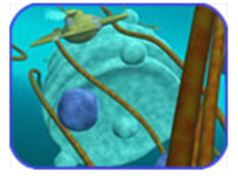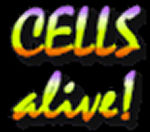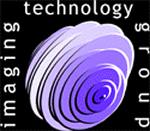5. Why do certain cells contain more of certain structures than do others?


Well, this isn't a difficult lab or one for which you have to work out a procedure. Looking at the background material in the lab manual and the pre-lab, it should be clear that this lab is about identifying cells and learning how to apply what you can learn about cell structures to identifying cell functions. So where can you learn about cell structures and their functions? Your textbook, and any other introductory biology textbook, has chapters on Cell Structure (Chapter 3). We have put together some useful links at the bottom of this page. We discuss various organelles and the role they play in living systems in several scenarios including Out of the Rainforest, Chemical Defenses, Emerging Diseases, The Rainbow Connection, Family Reunion, and Why do we care about fat? We discuss some prokaryotes and protists in Hogs and Chickens and more. In fact, when you think about it, we spend quite a bit of this course looking back on cells and their structures and functions.
To remind you of a recent discussion from Chemical Defenses, let's review cellular secretion. Here we are referring to the process in which cells manufacture, package, and secrete substances. Keep in mind this is not the only set of steps involved in the production of biological compounds, nor is everything that is manufactured always secreted from the cell. But it is a good example of the role of various organelles and their coordinated functions. Cellular secretion of lipoproteins starts with the DNA in the nucleus which is transcribed to produce RNA within the Nucleus (image). Ribosomes attach to the RNA that leaves the nucleus (image) and on the Rough Endoplasmic Reticulum (image) (check on where else ribosomes are found) where the RNA is translated into proteins. The proteins pass through the RER into the Smooth Endoplasmic Reticulum (image) where the lipids manufactured there are added to them before they are passed along to the Golgi Body (image) in vessicles formed from the membranes of the SER (check on the other functions of the SER). In the Golgi body, proteins finish the folding that they begin in the ER and may attach to the carbohydrates synthesized there, and are chemically tagged for their destinations (check on the other functions of the Golgi body) before they are repackaged into vessicles that pinch off and merge with the cell membrane releasing their contents in the process of exocytosis. Obviously not all synthesis takes place like this and other organelles such as mitochondria (image) and chloroplasts (image)are involved in synthesis of molecules.
Hints and Suggestions:
What did you learn in doing the pre-lab? Can you identify the different organelles and do you know their functions? Can you identify the different types of cells presented? The pre-lab requires you to identify the kingdom to which an unknown belongs. But in lab you must identify, very specifically, what type of cell each of the unknown are. Did you look through the Cellatron 6000 manual and make some notes as to what you should look for in the cells described there? You could even test out the Cellatron 6000 software from the LRC before class.
So what should a hypothesis look like here? Well taxonomists propose classification systems as working hypotheses for how things should be classified. So essentially your scheme for classification (identificaion) of the cells could be considered your hypothesis. Try thinking about how you plan to identify the cells (which structures/functions): IF a particular cell has these particular ORGANELLES then it must be performing a lot or little of the following PROCESSES and would most likely be this TYPE OF CELL.


